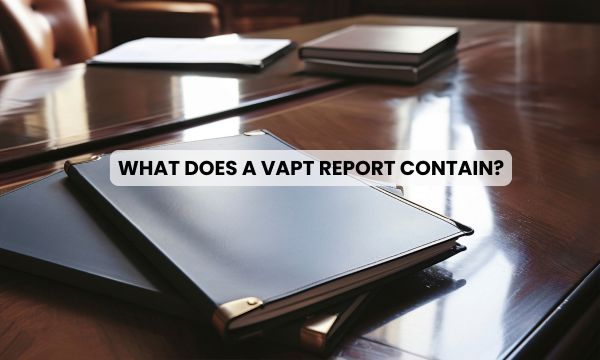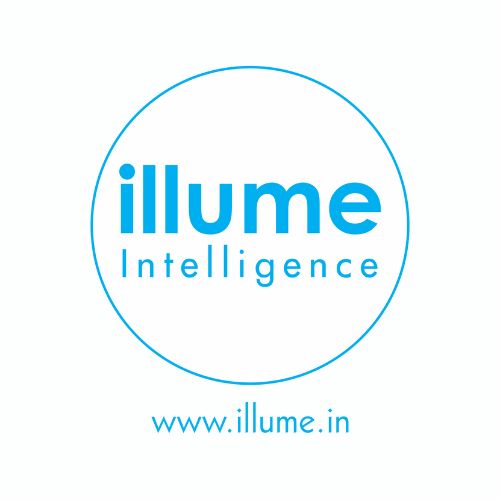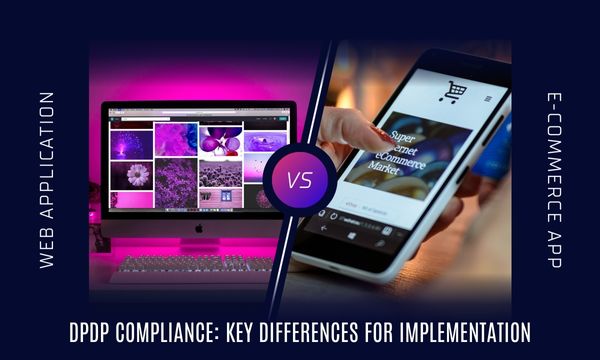
After a Vulnerability Assessment and Penetration Testing (VAPT) exercise, the final deliverable is the VAPT report—a comprehensive document outlining the security flaws identified, the potential impact of those vulnerabilities, and recommended fixes. However, understanding this report in a way that can drive action is critical for IT and security managers.
In this blog, we’ll break down the key metrics and findings you can expect in a VAPT report, and how organizations across different sectors can leverage these insights to strengthen their security posture.
What Is a VAPT Report?
A VAPT report provides an in-depth analysis of the organization's vulnerabilities, based on simulated attacks and security scans from the assessment and testing of an organization's IT infrastructure. The report serves as a critical tool for organizations to understand their security posture and take corrective actions to mitigate risks.
The two parts of the report are:
* Vulnerability Assessment: Focuses on identifying potential weaknesses and configurations that might be exploited.
* Penetration Testing: Involves active exploitation of vulnerabilities to determine the level of risk they pose to the organization.
Key Metrics and Findings in a VAPT Report
1. Executive Summary
The Executive Summary gives a high-level overview of the VAPT findings, tailored to business stakeholders who may not be technical experts. It covers:
* Overall risk score: A cumulative risk score based on the number and severity of vulnerabilities.
* Types of vulnerabilities: A breakdown of the categories of vulnerabilities discovered, such as network, web application, or infrastructure vulnerabilities.
* Business impact: The potential consequences if the vulnerabilities were exploited (e.g., data breaches, financial loss).
Example:
For a healthcare organization, the executive summary might highlight vulnerabilities that could lead to HIPAA violations, resulting in heavy fines and reputational damage.
2. Detailed Technical Findings
The heart of the report includes the technical breakdown of each identified vulnerability, including:
* Vulnerability Description: A detailed explanation of the vulnerability, including its source (e.g., software misconfiguration, outdated patching).
* Risk rating: Vulnerabilities are categorized as low, medium, high, or critical, based on industry-standard scoring systems like CVSS (Common Vulnerability Scoring System).
* Proof of concept (PoC): In the case of penetration testing, the report may include details on how the vulnerability was exploited during the test.
* Systems affected: A list of specific applications, systems, or devices where the vulnerabilities were found.
Example:
For a SaaS provider, this section may reveal API vulnerabilities that could allow unauthorized access to customer data.
3. Prioritized Remediation Plan
The report doesn’t stop at identifying vulnerabilities; it also provides a prioritized remediation plan to help IT and security managers take immediate action:
* Actionable recommendations: Each vulnerability will include steps for mitigation, such as patching, configuration changes, or enhanced monitoring.
* Priority levels: Vulnerabilities are ranked by urgency, with high-priority flaws requiring immediate attention to prevent a critical breach.
* Long-term suggestions: Recommendations may include process improvements, such as regular patch management or better access control mechanisms.
Example:
For a government agency, the remediation plan may highlight immediate actions to prevent data leaks from mission-critical applications handling citizen information.
4. Root Cause Analysis
Understanding the root cause of vulnerabilities is essential for preventing future incidents. The VAPT report often provides insights into:
* Common security gaps: Whether vulnerabilities were due to outdated software, misconfigurations, or human error.
* Patterns of vulnerabilities: This section helps IT teams focus on systemic issues that could lead to recurring security flaws.
Example:
In the logistics sector, the root cause analysis may reveal that outdated firmware on IoT devices used in the supply chain is creating persistent entry points for attackers.
5. Exploitability and Impact
For each vulnerability, the report will assess its exploitability—how easily it can be exploited—and the potential impact if left unaddressed. This helps prioritize which vulnerabilities need immediate attention:
* Exploit scenarios: Simulations of how a malicious actor could exploit the vulnerability.
* Potential impact: The estimated damage, such as data theft, downtime, or financial loss.
Example:
A manufacturing company might find that a flaw in its Industrial Control Systems (ICS) could lead to production downtime, costing millions in revenue.
6. Compliance Gaps
For industries subject to regulatory standards, VAPT reports often highlight compliance gaps that need to be addressed to avoid penalties:
* Non-compliance risks: Identification of vulnerabilities that could lead to breaches of GDPR, HIPAA, PCI DSS, or other relevant regulations.
* Compliance recommendations: Steps to ensure that systems align with legal and regulatory requirements.
Example:
For a financial institution, the VAPT report might flag gaps in compliance with PCI DSS due to vulnerabilities in payment systems.
Importance of a VAPT Report for any business:
* Identifies Weak Points: Pinpoints vulnerabilities before attackers can exploit them.
* Enhances Security Posture: Provides a roadmap for improving defences.
* Supports Compliance: Demonstrates adherence to regulatory and industry standards.
* Facilitates Risk Management: Helps prioritize remediation based on business impact.
A VAPT report is essential for organizations to safeguard their IT infrastructure, protect sensitive data, and maintain trust with stakeholders.
How Different Sectors Can Use VAPT Reports to Improve Security Posture
1. Healthcare
For healthcare providers, the VAPT report’s focus on patient data protection and HIPAA compliance is critical. Actionable insights from the report can prevent data breaches, safeguard medical records, and ensure ongoing compliance with regulatory standards.
How to Use the Report:
* Prioritize patching vulnerabilities related to PHI storage and access.
* Implement stronger access control measures for sensitive patient data.
2. Manufacturing and Critical Infrastructure
In manufacturing, where operational technology (OT) systems are integrated with IT, vulnerabilities can disrupt production. VAPT reports for this sector often highlight risks in SCADA and ICS systems, where vulnerabilities could lead to operational downtime or industrial sabotage.
How to Use the Report:
* Focus on patching vulnerabilities in ICS/OT environments.
* Strengthen network segmentation to prevent lateral movement across systems.
3. Financial Services
Given the stringent regulations governing financial services, VAPT reports are essential for identifying and fixing vulnerabilities in payment processing systems, online banking platforms, and customer data storage.
How to Use the Report:
* Prioritize vulnerabilities that impact PCI DSS compliance.
* Strengthen authentication mechanisms for online financial services.
4. Government Agencies
For government organizations handling classified or personal information, a VAPT report helps ensure compliance with standards like FISMA and NIST. Reports may focus on preventing insider threats or mitigating risks from outdated systems.
How to Use the Report:
* Address vulnerabilities that threaten the confidentiality of citizen data.
* Implement stronger encryption methods for sensitive government communication.
5. SaaS Providers
SaaS companies must ensure that their cloud-based platforms are secure and customer data is protected. VAPT reports often identify risks related to API security, cloud misconfigurations, and insecure development practices.
How to Use the Report:
* Implement continuous security testing for APIs.
* Ensure secure cloud configurations to prevent data exposure.
Conclusion: Using VAPT Reports to Strengthen Security Posture
A VAPT report is more than just a list of vulnerabilities; it’s a strategic document that helps IT and security managers take actionable steps to improve their organization's security posture. By understanding the key metrics and findings, industries can prioritize remediation efforts, align with regulatory standards, and proactively guard against cyber threats.
Whether you work in healthcare, manufacturing, finance, or government, the insights from your VAPT report will help you not only patch vulnerabilities but also build a stronger, more resilient security foundation.
Are you ready to improve your organization’s security posture with a detailed VAPT report? Contact us today for a consultation on how we can help secure your systems.



